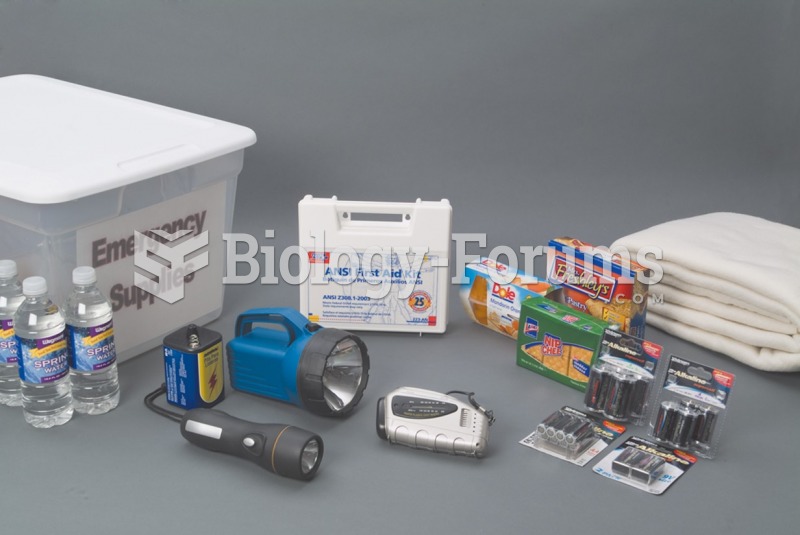|
|
|
There are 60,000 miles of blood vessels in every adult human.
People who have myopia, or nearsightedness, are not able to see objects at a distance but only up close. It occurs when the cornea is either curved too steeply, the eye is too long, or both. This condition is progressive and worsens with time. More than 100 million people in the United States are nearsighted, but only 20% of those are born with the condition. Diet, eye exercise, drug therapy, and corrective lenses can all help manage nearsightedness.
Acute bronchitis is an inflammation of the breathing tubes (bronchi), which causes increased mucus production and other changes. It is usually caused by bacteria or viruses, can be serious in people who have pulmonary or cardiac diseases, and can lead to pneumonia.
The calories found in one piece of cherry cheesecake could light a 60-watt light bulb for 1.5 hours.
Blood in the urine can be a sign of a kidney stone, glomerulonephritis, or other kidney problems.







